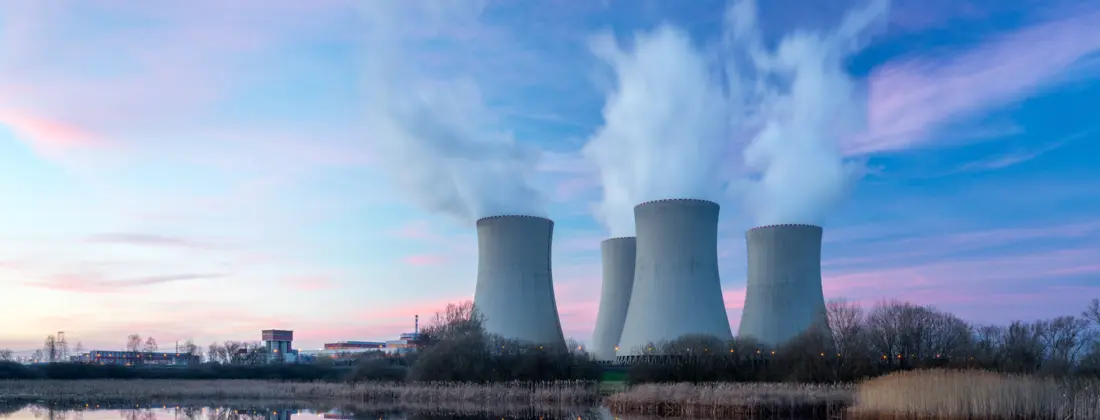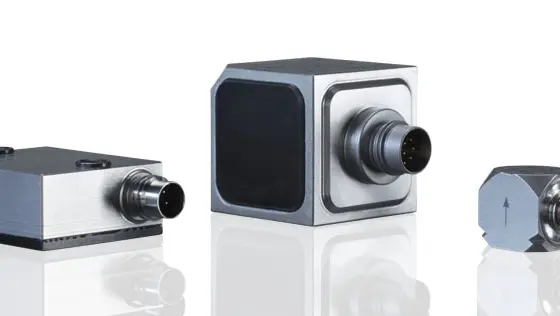Modern nuclear power plants include condition monitoring systems to ensure safety, efficiency and performance. Kistler delivers state-of-the art online monitoring solutions for the nuclear energy sector. Such application-specific sensors and systems can also be retrofitted to plants already in operation.
Nuclear energy was first used to power an electric light bulb in 1948; today, nuclear power plants generate around 14 percent of the world's power output – with a raising tendency: many countries all over the world continue to invest in this emission-free technology widely perceived as a bridge to future-proof and carbon-neutral energy supply – either with traditional nuclear power plants or novel small modular reactors (SMR).
Measurement technology from Kistler plays a vital part in typical applications inside and outside the reactor: loose-part monitoring, flow-induced vibration monitoring and dynamic pressure measurement for example. Kistler has proven experience from various installed solutions in plant subsystems such as steam generators, cores and pipes.


